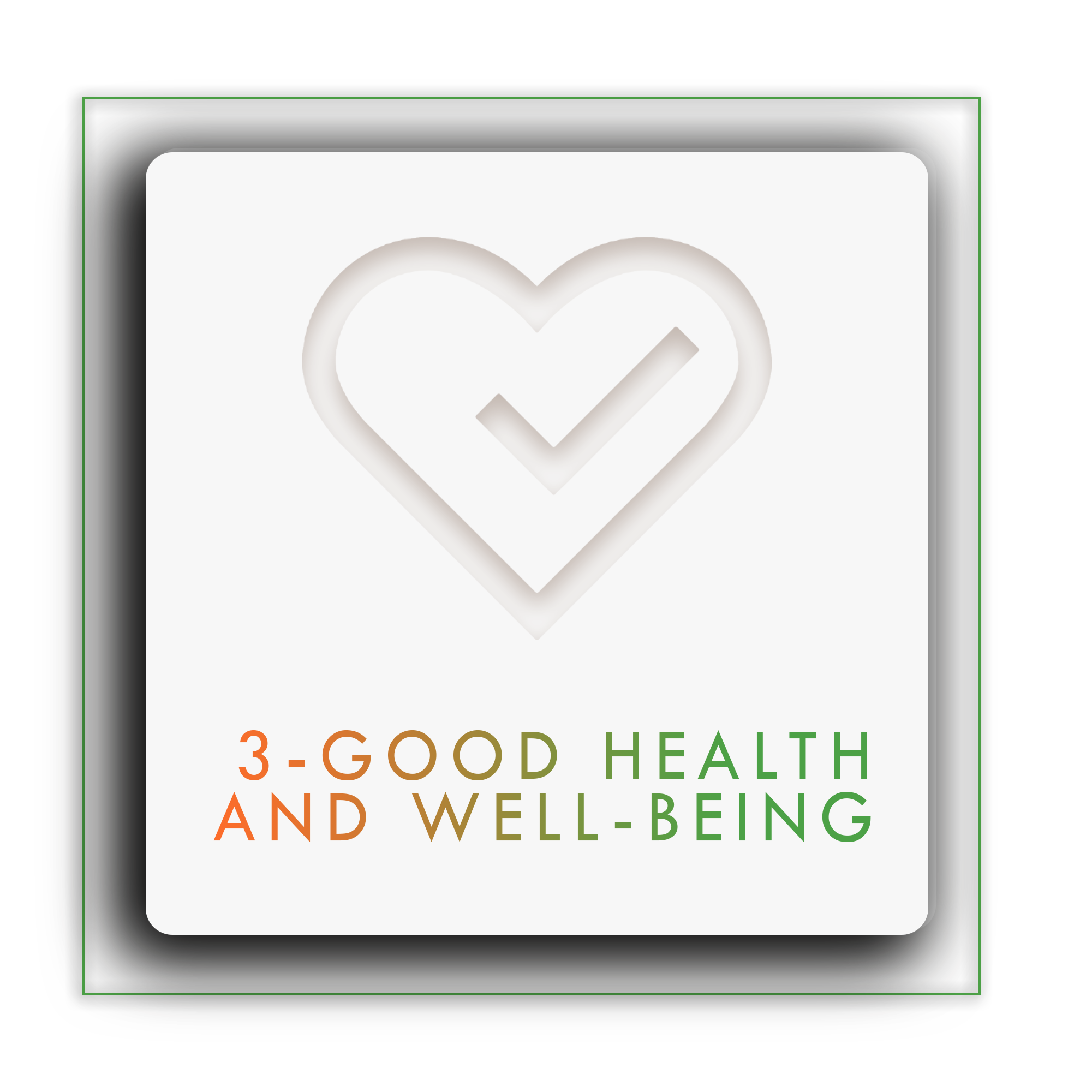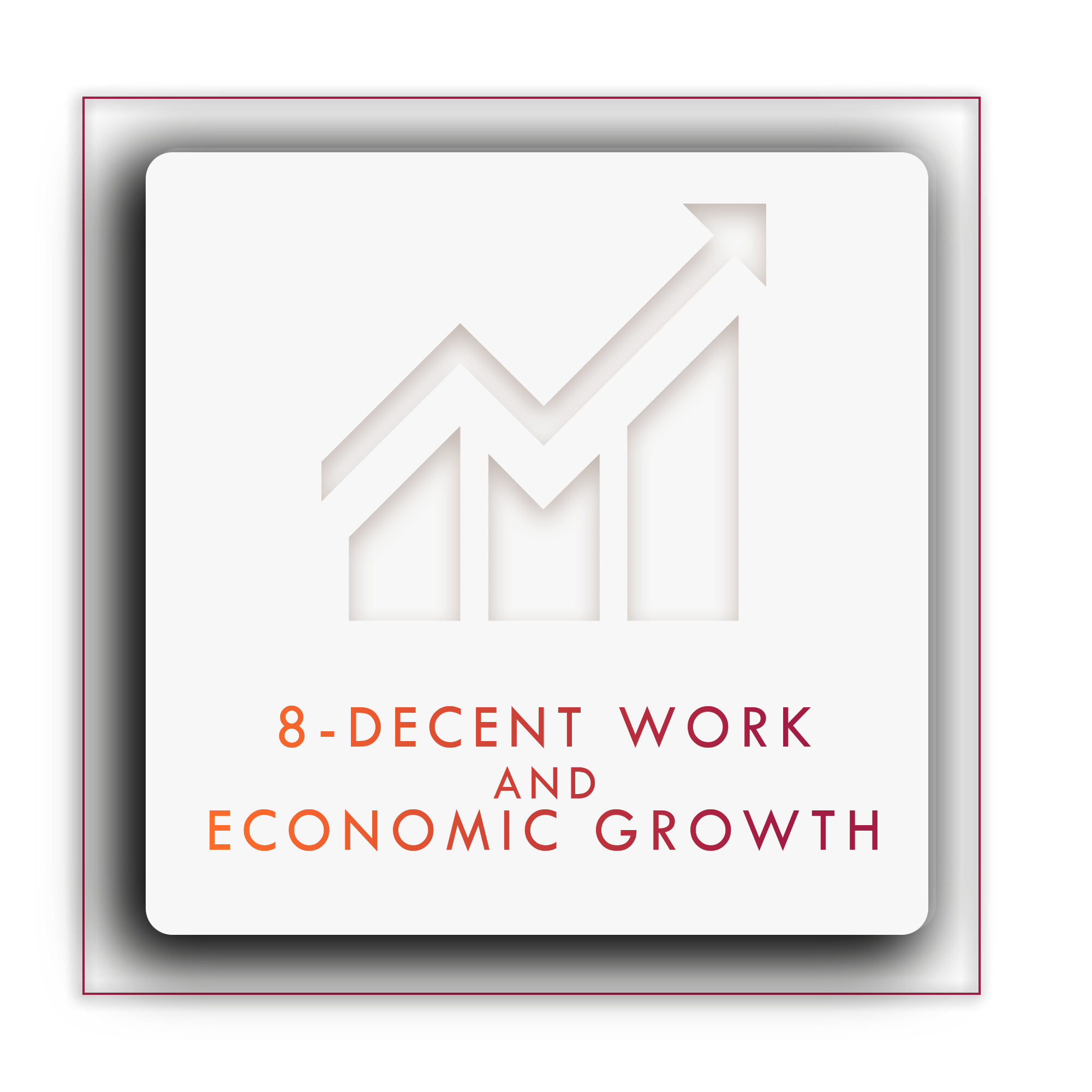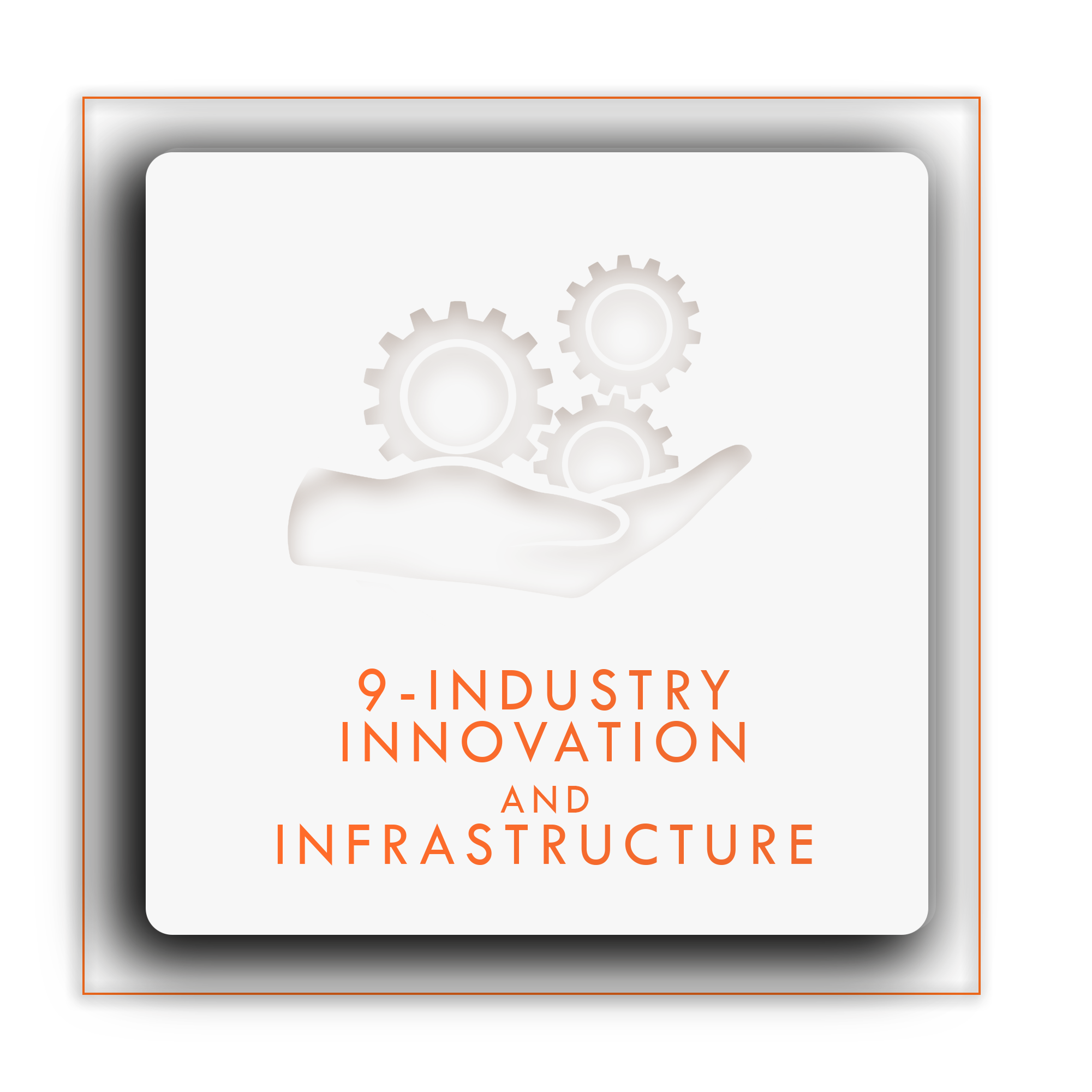Reimagining Emergency Preparedness
Kim Taylor has questions and uncertainties surrounding the world reopening post-COVID-19. Kim has also noticed how her friends and family members are unsure how to move forward as vaccines are distributed, social distancing and mandatory mask measures are lifted, and travel reopens. Are there new risks they are unaware of? What if the next pandemic is right around the corner and it’s within our power to stop it? Will citizens and decision-makers be prepared with lessons learned from this time and the right pieces and policies in place?
Kim is a synthetic who participated “in silico” along with hundreds of others in May of 2020 to study the efficacy of masks and disease risk for commuters, given the forefront research about COVID-19 aerosolized transmission. She showed us the future of reengagement, movement and control policies, and PPE without surveillance and without waiting for historical data to accumulate.
Reimagining Emergency Preparedness During the COVID-19 Pandemic
History has taught us that COVID-19 might very well not be the world’s last health emergency. Past epidemics such as Ebola, SARS, and the Zika virus have shown that once an outbreak is under control, governments tend to turn their attention to other pressing concerns, often forgoing the chance to learn and prepare for next time. We believe it is necessary to break this “panic-then-forget” cycle to be resilient in times of emergencies. Threats brought about by epidemics are not limited to health but are far broader, and often deeply intertwined with economic, cultural, and social rationale and consequences. For instance, the effectiveness of an intervention such as social distancing depends on how individuals respond to them, and the level of compliance (based on factors such as trust in authorities, communication efficacy, source of information, etc.) This top-down approach of identifying mitigation strategies based on disease severity and transmissibility while ignoring the social, cultural, and economic impacts of the disease is not sustainable.
This is why RWI is reimagining emergency preparedness during the COVID-19 pandemic. Prepared and resilient cities result in happier, healthier, and more productive citizens. Emergency preparedness means ensuring the future quality of life for all individuals, especially those more vulnerable than others.
How RWI is Reimagining Emergency Preparedness
Using the Synthetic Modelling Platform (SMP), RWI can create a human-centric Single Synthetic Environment (SSE), which can help define and evaluate the “what-ifs” that arise from complex and changing conditions during emergencies within a city. Besides disease transmissibility and the severity and effectiveness of public health interventions, RWI’s innovative approach allows us to model the social, political, and cultural attributes of a population creating holistic models key to making accurate and informed decisions during high-impact-low-frequency (HILF) events. This allows us to play forward with novel scenarios, inject causes, and inflect reality to study the cascading impacts on people, consumption, economy, environment, mobility patterns, etc. This never-before-seen approach gives life to a scientific table-top exercise for decision-makers to have the greatest impact.
RWI Models Cities During the COVID-19 Pandemic
Using Synthetic Modelling, RWI has modeled COVID-19 in cities and monitored how the pandemic has impacted the cities’ population, economy, and infrastructure. Each model is complete with a Synthetic Population that is hyper-localized and includes demographic and psychographic details, alongside health conditions, patterns of life, and even particulars such as COVID-19 risk perceptions, compliance behaviours, and vaccine hesitancy. The Synthetic People mirror actual human behaviour and respond, react, and learn behaviours as they progress through their lives within our SSE.
To complete each SSE, infrastructure, economic, and COVID-19 specifics are gathered from publicly available data sources. Because data is often incomplete, inaccessible, or non-existent, RWI’s SMP generates synthetic data where data is otherwise unavailable. This is a key enabler in removing bias from data, models, results, and outcomes, and in making all issues and people visible, including those excluded from current and historical datasets.
The information obtained in our Synthetic Models, alongside disease specifics such as virus transmission and deadliness, allow us to model the movement of the virus, in real-time, through different parts of a city and its population. The people in a city’s synthetic environment go about their lives and livelihoods, with varying proximity and environments that have different transmissibility risks, patterns of compliance to public health orders, and mask or sanitation practices, which are all informed by the disease specifics. We can inflect all aspects of policy and practices and play forward any period of time. Results help us to gain advanced insight into optimal management under realistic conditions along with quantifying all of the ripple effects extending to other systems, like the economy, and even more psychosocial aspects such as compliance and trust. All SSEs produce data for analysis and enable measurements for informing all interconnected impacts.
Each Synthetic Model brings to life the challenging emergent intersections between humans, technologies, systems, and futures for decision-makers to access and act quickly. Our Synthetic Environment generates the data they need to make the future a better, equal, and accessible place for all.
Stay tuned for the next blog about how our models enable decision-makers and de-risk the future with COVID Risk Mapping.
RUNWITHIT is actively working to contribute to the United Nations Sustainable Development Goals (SDG’s). This project has contributed to the following SDG’s:




